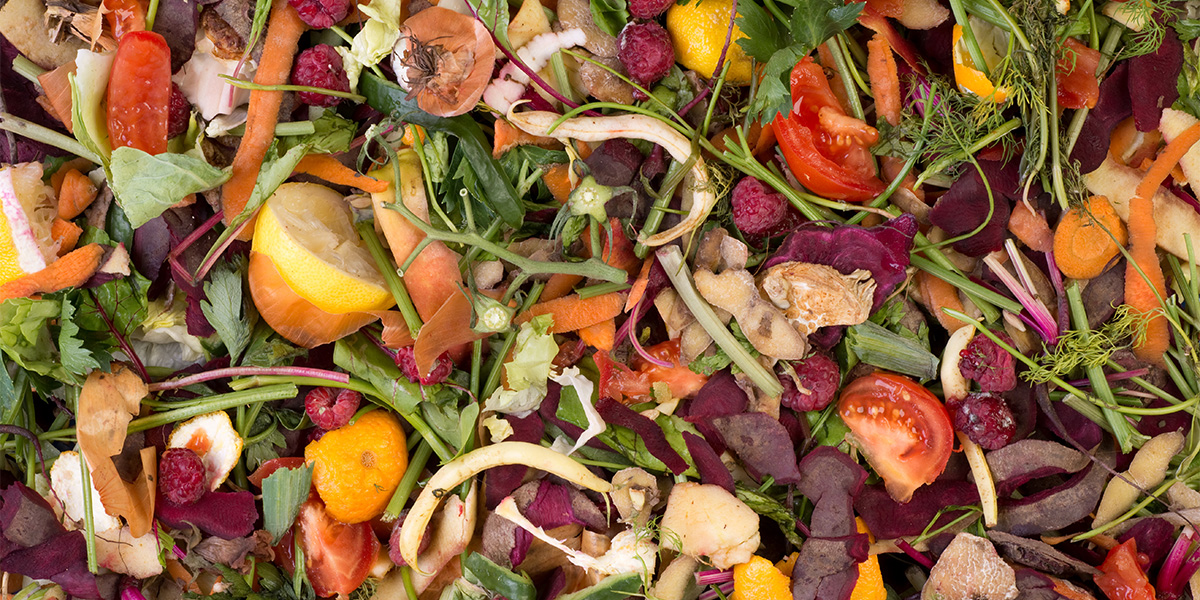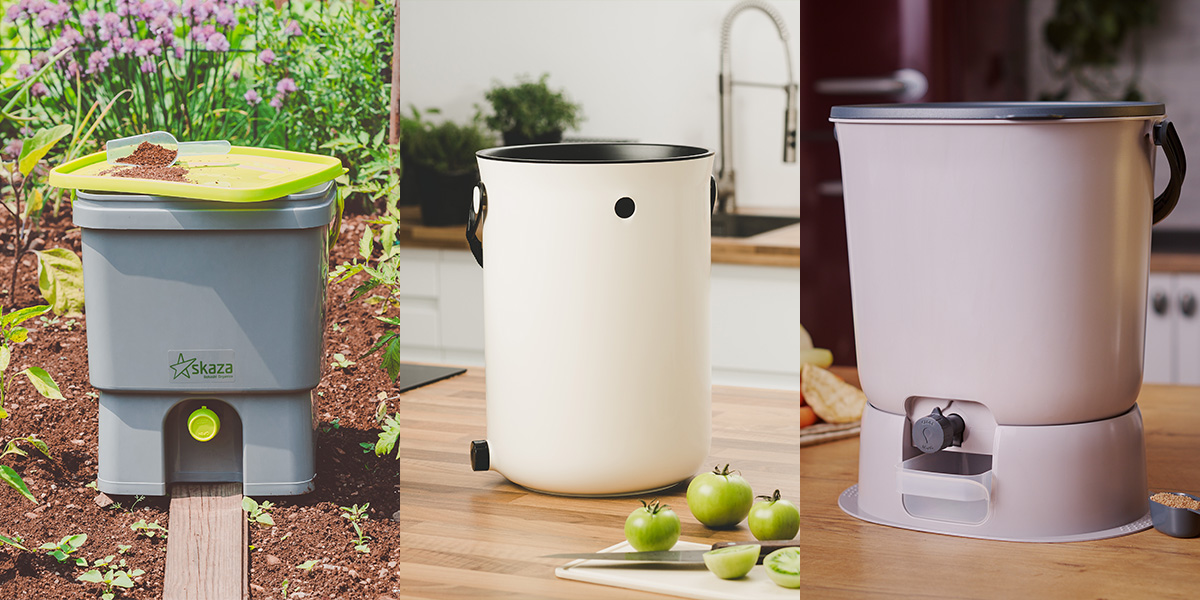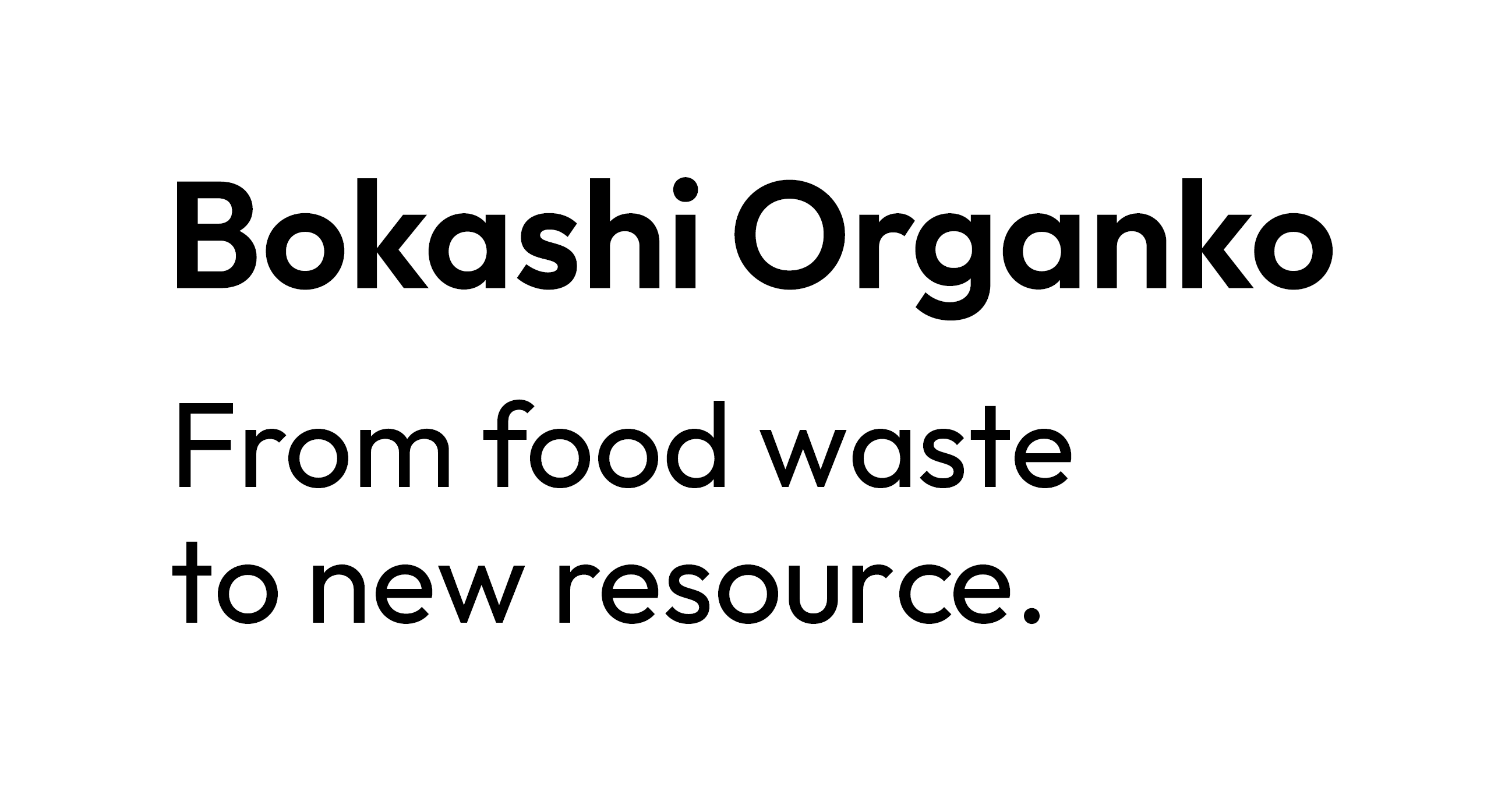The latest food waste statistics are pretty shocking. They deserve our attention and we should be absolutely appalled by the ways and poorly organized systems that led to these. However, we should not fall into the trap of stagnancy and finger-pointing. The best thing we can do with these sad food waste statistics is to use them as a motivation to take action. Start with your household and your community. If we all do that, we’ll soon make our way to the top and ensure some radical changes in the food supply chain on a global scale. So please use the following data as fuel for positive change.

Mind-blowing food waste statistics
Here are the surprising global food waste statistics:
- According to the FAO (Food and Agriculture Organization of the United Nations), humanity wastes one-third of the food we produce. That adds up to approximately 1.3 billion tons of food waste per year. (1)
- If we look at these horrific food waste statistics a bit closer, that means we already wasted more than 931,078,600 tons of food in 2022, more than 65,748,900 tons this month, and approximately 1,640,358 tons of food this week alone.
- Most food waste comes from the farming/production phase, where on average, 500 million tons of food waste annually is produced. Pests and inefficient harvesting and irrigation methods are the leading cause of food waste in its initial phase.
- 350 million tons of food waste is produced by postharvest handling and storage, and consumption.
- Other horrific food waste statistics come from the fact that grocery stores, restaurants, and households are responsible for 35 % percent of global food waste. Even more shocking is that most of this food waste is still edible.
- Global food production systems are responsible for up to 30 % of greenhouse gas emissions. Of which food waste is a third of that. After all, most food waste ends up in landfills, where it rots and produces methane. And methane is about 25 times more potent than carbon dioxide.
- The annual carbon footprint of food waste is determined to be as high as 3.3 billion tons of CO2 This means that if “food waste” were to be a country, it would be the third largest carbon pollutant, right after China and USA.
Food waste statistics regarding wasted water and other resources
- Let’s also look at the food waste statistics that concern water waste. As you may know, food production is the largest water consumer. As such, all the food we waste also means we are wasting water. In fact, according to the latest data, we waste about 250 km3 of fresh water every year because of wasted food.
- A total of one-quarter of the global freshwater supply is wasted on producing food that we waste.
- We’ve already wasted 3,051,192,330,836 tons of water in 2022 alone.
- About 28 % of global agricultural surfaces, which is approximately 1.4 billion hectares, are used to produce the food we waste. That’s the surface of the USA, India, and Egypt together.
- Because of wasted food, we’ve cut down and burned 20,033,352.86 hectares of forest in 2022 alone.
- Aside from the horrific negative impacts of food waste on the environment, it also affects the economy. The UN provides us with statistics that estimate food waste is responsible for wasting $750 billion dollars yearly. And that number doesn’t include fish and seafood. Hence, the total yearly waste is most likely more than 1 billion dollars.

Channeling food waste statistics toward positive change
It’s hard not to get bummed out by the above food waste statistics and focus on searching for responsible individuals. However, the fact is that as our civilizations and technology evolved, we simply forgot to ensure that the entire food supply remains as efficient as possible. Hence, all past generations bear responsibility. As such, it’s important that we now join forces and ensure to bring to life positive change. Sure, revolutionizing farming, postharvest handling, and storage will take some time. However, as consumers, we have the power to impact groceries stores directly. Though primarily, every household needs to ensure to reduce its food waste to zero.

While this may sound impossible, it becomes an entirely realistic goal when we add indoor composters into the picture. Thanks to the ancient fermentation method, known as bokashi composting, every household can properly collect organic waste and convert it into new resources in the comfort of its kitchen. The next step is to use these resources to produce organic food. Then we must extend that behavior to entire communities, cities, nations, and eventually across the globe. This is the path to stop wasting food and other resources related to food production. As such, make sure to learn more about bokashi composting and how to use Bokashi Organko composters to become a part of the solution. Together, we can ensure that food waste statistics become way less horrific in the near future
[1]: https://www.fao.org/news/story/en/item/196402/icode/ (source of all the data provided above)


